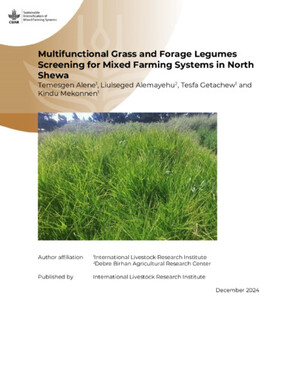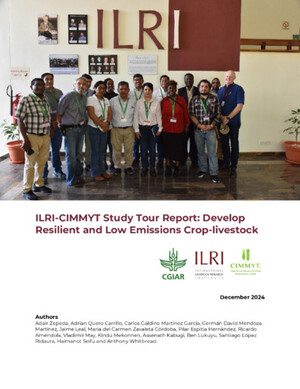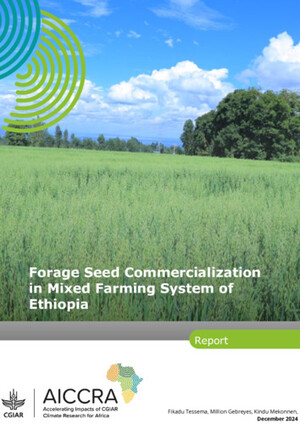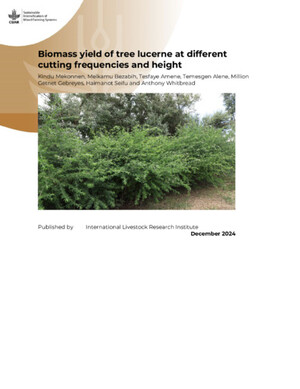
Promotion of improved Napier grass varieties, farmers field days and training on forage production and use in Ethiopia
Abstract
Livestock is the major source of protein and substantially contributes to household food security in Ethiopia (Zeleke 2021). Once plentiful, natural pasture of the rangeland has supported the free grazing systems of livestock production in Ethiopia (Delasew et al. 2010). However, feed availability and quality are among the factors that affect the production and productivity of livestock in sub-Saharan African (SSA) countries. Common grazing lands and harvested crop residues remain the main source of feed in SSA, which are available only during and after rainy seasons, and are now severely challenged by erratic rainfall conditions arising from climate change (Prieto-Garcia et al. 2022). Sources of feeds are increasingly limited to marginal lands as farmers give priority to food crops for cultivation. Forage production and use is not well known among smallholder farmers. As a result, it is crucial to develop an innovative strategy that looks beyond the traditional sources of feeds.
Citation
Negawo, A.T., Muktar, M.S., Dejene, M., Mohammed, K., Feyissa, F. and Jones C.S. 2024. Promotion of improved Napier grass varieties, farmers field days and training on forage production and use in Ethiopia. Report. Nairobi, Kenya: ILRI.










